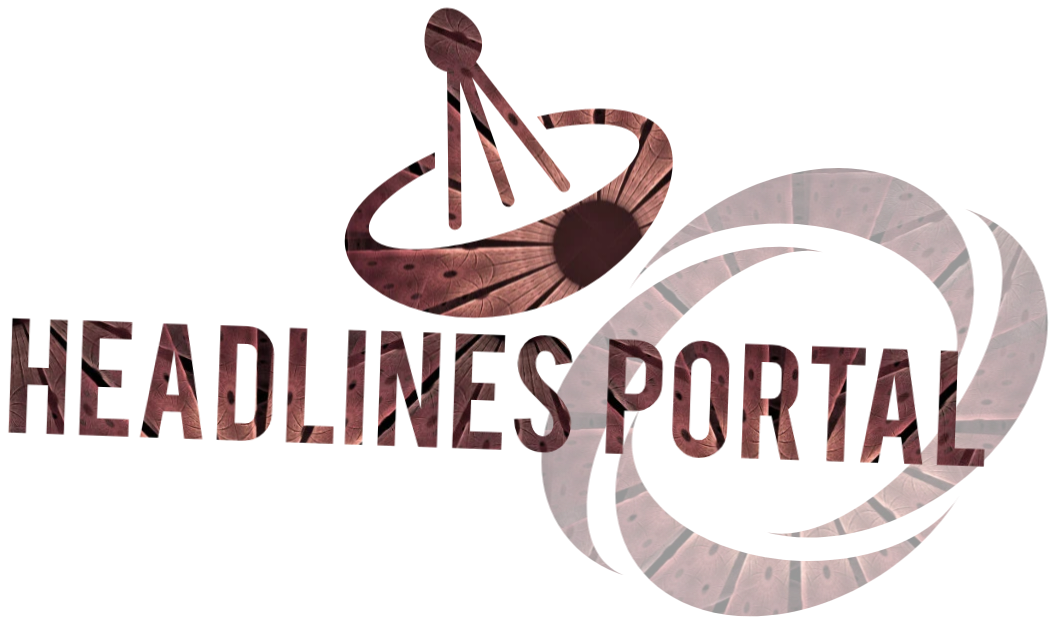
Distal regulation — the ability to control genes from far away, over many tens of thousands of DNA letters — appeared at the very dawn of animal evolution, between 650 and 700 million years ago (Cryogenian period) — around 150 million years earlier than previously thought.
Illustration of a DNA molecule. Image credit: Christoph Bock, Max Planck Institute for Informatics / CC BY-SA 3.0.
Distal regulation relies on physically folding DNA and proteins into sophisticated loops.
This allows regions far from a gene’s starting point to activate its function.
This extra layer of control likely helped the first multicellular animals build specialized cell types and tissues without inventing new genes.
The critical innovation likely originated in a sea creature, the common ancestor or all extant animals.
The ancient animal evolved the ability to fold DNA in a controlled manner, creating loops in 3D space that brought far-flung bits of DNA in direct contact with each other.
“This creature could repurpose its genetic toolkit in different ways like a Swiss knife, enabling it to refine and explore innovative survival strategies,” said Dr. Iana Kim, a postdoctoral researcher at the Centre for Genomic Regulation and the Centre Nacional d’Anàlisis Genòmica.
“We did not expect this layer of complexity to be so ancient.”
Dr. Kim and colleagues made the discovery by exploring the genomes of many of the oldest branches on the animal family tree, including comb jellies like the sea walnut (Mnemiopsis leidyi), placozoans, cnidarians, and sponges.
They also studied single-celled relatives that are not animals but share a recent common ancestor.
“You can discover a lot of new biology by looking at weird sea creatures,” said Professor Arnau Sebe-Pedrós, a researcher at the Centre for Genomic Regulation.
“So far, we had been comparing genome sequences, but thanks to new methods we can now analyze which gene regulation mechanisms control genome function across species.”

An atypically large individual of Mnemiopsis leidyi with two aboral ends and two apical organs. Image credit: Jokura et al., doi: 10.1016/j.cub.2024.07.084.
The researchers used a technique called Micro-C to map how DNA physically folds inside the cells of each of the 11 different species they studied. For scale, each human cell nucleus packs about 2 m of DNA.
The scientists sifted through 10 billion pieces of sequencing data to build each species’ 3D genome map in detail.
While there was no evidence of distal regulation in the single-celled relatives of animals, early-branching animals like comb jellies, placozoans and cnidarians had many loops.
The sea walnut alone had over four thousand loops genome-wide.
The finding is surprising given its genome is around just 200 million DNA letters long.
In comparison, the human genome is 3.1 billion letters long and our cells can have tens of thousands of loops.
Until now, distal regulation was thought to have first appeared in the last common ancestor of bilaterians, a group of many different types of animals which first appeared on Earth around 500 million years ago.
However, comb jellies are descended from life forms which diverged early from other animal lineages around 650 to 700 million years ago.
“Whether comb jellies are older than sponges in the tree of life is a longstanding debate in evolutionary biology circles, but the study demonstrates that distal regulation arose at least 150 million years earlier than previously thought,” the authors said.
A paper on the findings was published today in the journal Nature.
_____
I.V. Kim et al. Chromatin loops are an ancestral hallmark of the animal regulatory genome. Nature, published online May 7, 2025; doi: 10.1038/s41586-025-08960-w













